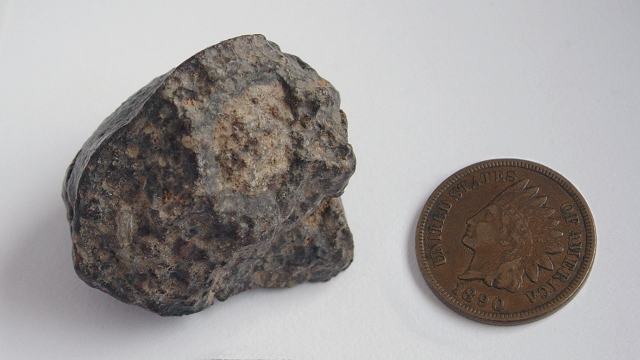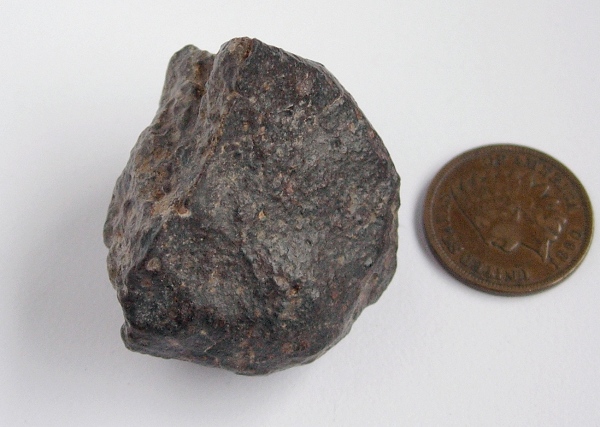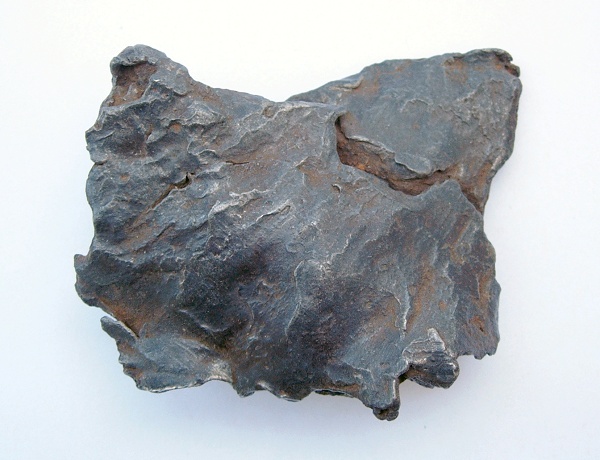
The other week I mentioned, in talking about concretions, that people can be fixated on the idea that they have found a dinosaur egg or meteorite. This last week meteorites featured in two news stories, one excitingly true and the other almost certainly bogus.
The exciting story was about a set of meteorites recovered in the desert of Morocco, a few months after their fall from space had been recorded. That doesn't happen very often—once meteors arrive in the atmosphere, their unguided trajectory means that a rather large area must be searched to find them. What was extraordinary was that these rocks were from Mars, certified as such this week by an expert scientific panel.
Meteorite hunting has become a cottage industry in the Sahara Desert, where conditions are ideal for space rocks to be preserved and for practiced observers to spot them. The locals who found the new Martian rocks sold them to dealers, who in turn marked up the price to almost a thousand dollars per gram even before the meteorites were formally certified as Martian.
Meteorites are most easily found in two places on Earth, the Sahara and Antarctica. In the case of Antarctica, they fall on the ice cap, where no other rocks exist at all. Movements of the ice can concentrate these meteorites, including the rarest stones from Mars and the Moon, in certain areas that are surveyed regularly and exclusively by scientists. That's good for science. For its part, the Sahara is good for the rest of us who can acquire these rarities for our own pleasure. And scientists can still study Saharan stones because meteorite hunters must donate pieces of their finds to a museum to qualify for authentication, without which the stones have no value. It's a tidy system with little impact on the environment.
The California deserts are also promising places for meteorite hunters. At least one Martian stone has already come from the Mojave. Meteorite hunting is simple in principle, yes, but far from a casual hobby. First you acquire a very intimate knowledge of the rocks that belong there, and then you examine approximately a million rocks to find one that doesn't belong there. And with that, you start to learn about meteorites. I love rocks inordinately, but I think I would still go mad. Dr. Randy Korotev is a genuine meteorite expert at Washington University who gets torrents of email from would-be meteorite finders. On his excellent "What to Do" page, he says that of over 2000 serious inquiries over the years, only eight people had real meteorites.


